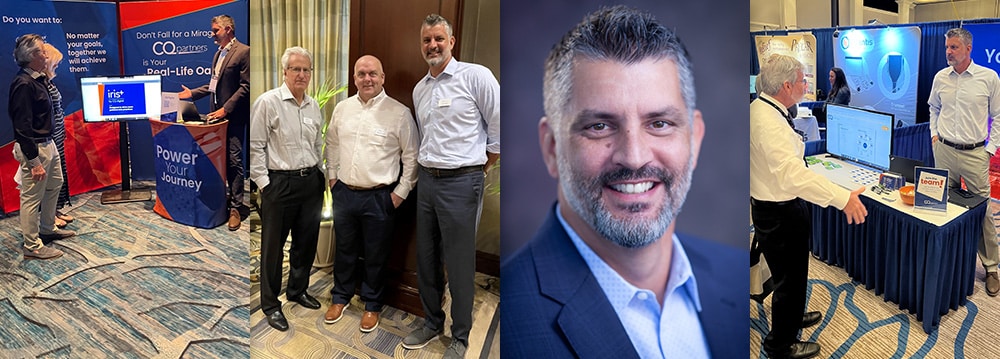
Your brand is who you are. It’s how your community, patients, current and prospective employees, and competitors perceive you. It’s reflected by the team that you’ve assembled, for better or worse. And, it is intentional (i.e. it does not occur by accident)—you create it, you develop it, you maintain it, you own it.
Now think about your own brand—is it the brand that you want? If not, the best way to change it is through hiring and employee development. The takeaway is to hire the right people, pay attention to attitude, attributes, and traits, and create paths of development for your team. If you do these things, then you will drive employee engagement.
And only with a highly engaged team can you drive the growth that your organization needs.
But how do you deal with the team you have today? How can you make sure that you have the right people in the right seats? And if you do, then how do you keep them engaged?
In this post, we’ll review the three levels of employee engagement, how to identify where each employee resides, and how to manage them successfully to drive the highest levels of growth.
The first step is to identify and understand the levels of employee engagement:
Level 1: Engaged
Engaged employees distinguish themselves with a “whatever it takes” mindset. They most likely can and will do anything within the scope of the work environment. They are with your organization more out of love than money—love for you, the position, co-workers, customers and, most of all, for the organization’s vision and purpose. They are not difficult to identify as they will seek opportunities to mentor, look for challenging tasks and additional responsibilities, and exhibit the traits that you usually see in leaders. You need to hold onto these people. They will attract like-minded employees to your organization, become evangelists for your mission, and sometimes even help to motivate unengaged employees. You want a culture that shows them appreciation, challenges them, and provides opportunities for them to mentor. In other words, you want to create a path to organizational leadership for truly engaged employees.
Level 2: Unengaged
Unengaged employees are with you for the money. They may not be invested in the job or the organization but usually can and will do the work. Their skills and abilities are not called into question, but their motivation and commitment may be. You will get just enough out of unengaged employees and they will stay with you unless/until someone offers them more money. The best course of action with these employees is to engage with them more and try to figure out what motivates them. Look for a connection point or hot button and capitalize on it. They can be moved in the right direction and become engaged (and you can never have too many engaged employees!), but it takes a lot of effort.
Level 3: Actively Disengaged
Actively disengaged employees either can do the job but won’t or can’t do the job and don’t care enough to learn how. These are employees who will pollute your culture. They will help bring an unengaged employee down to their level and give reason for an engaged employee to leave. They can be identified by an air of entitlement, contributions to office gossip, and an unwillingness to learn. They thrive on drama and may say things like, “It’s not my job.” The best thing to do with employees like this is to manage them out by applying progressive discipline, including regular one-on-one discussions about their behavior and job performance. Set clear expectations and make sure that they understand changes need to be made and that they will be held accountable for making them.
In conclusion, the best people will come to work for you—and stay with you—because of an engaged culture. When hiring, look for these key traits: Emotional Intelligence (EQ), empathy, positivity, work ethic, coachability, passion, humility, and vulnerability. When managing, take the time to interact with and really get to know the people you’re leading. Also, practice sound performance management (set expectations, model behavior, observe and evaluate, provide feedback, and coach). Be consistent but recognize that performance management is not always a “one size fits all” process.
And remember: YOU control your culture and brand.
Our experienced recruiters can help you assemble a highly-engaged and high-performing team. Talk to your Account Manager today about taking advantage of our industry-leading, full lifecycle recruiting services or email the Recruiting Department at recruiting@cq-partners.com.









